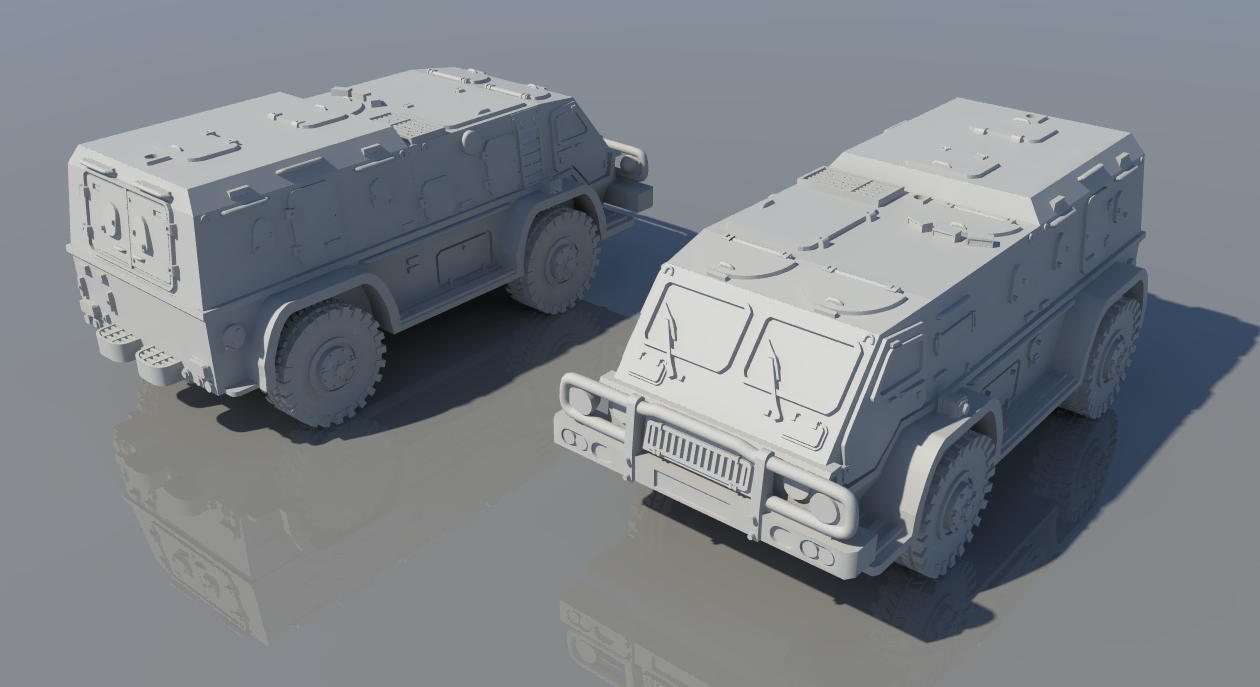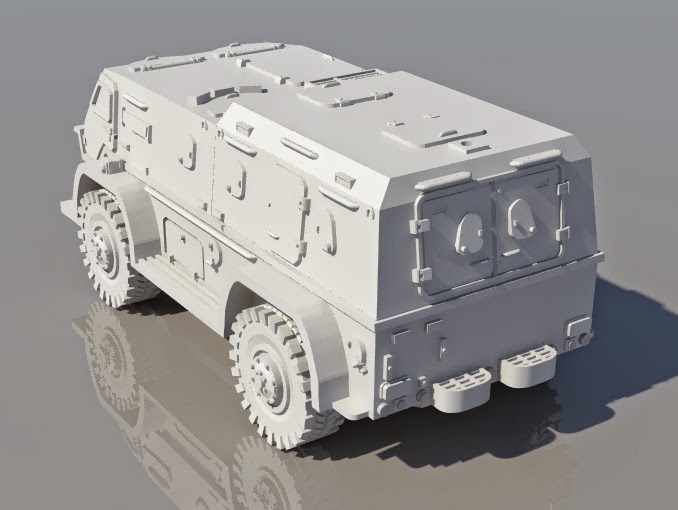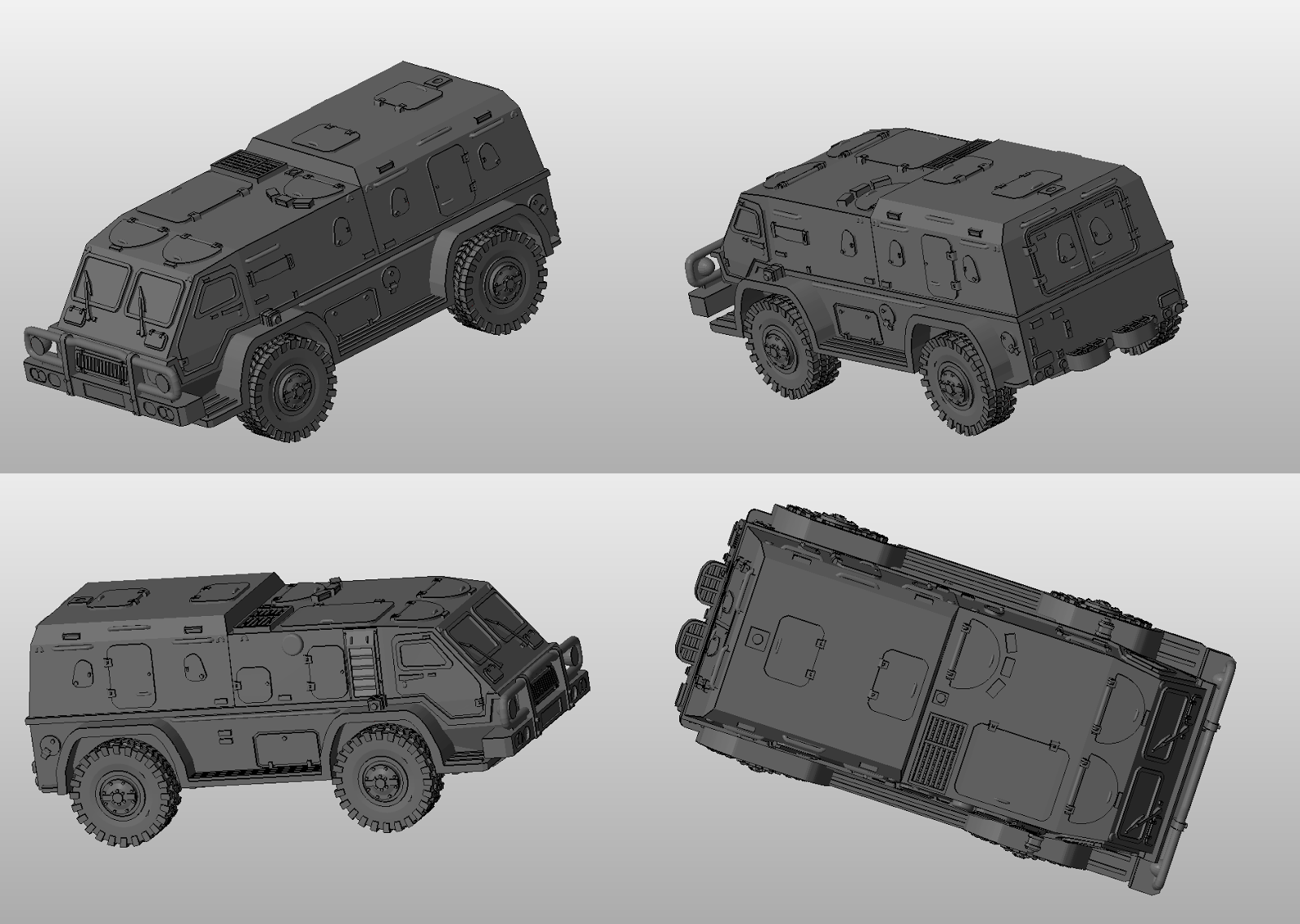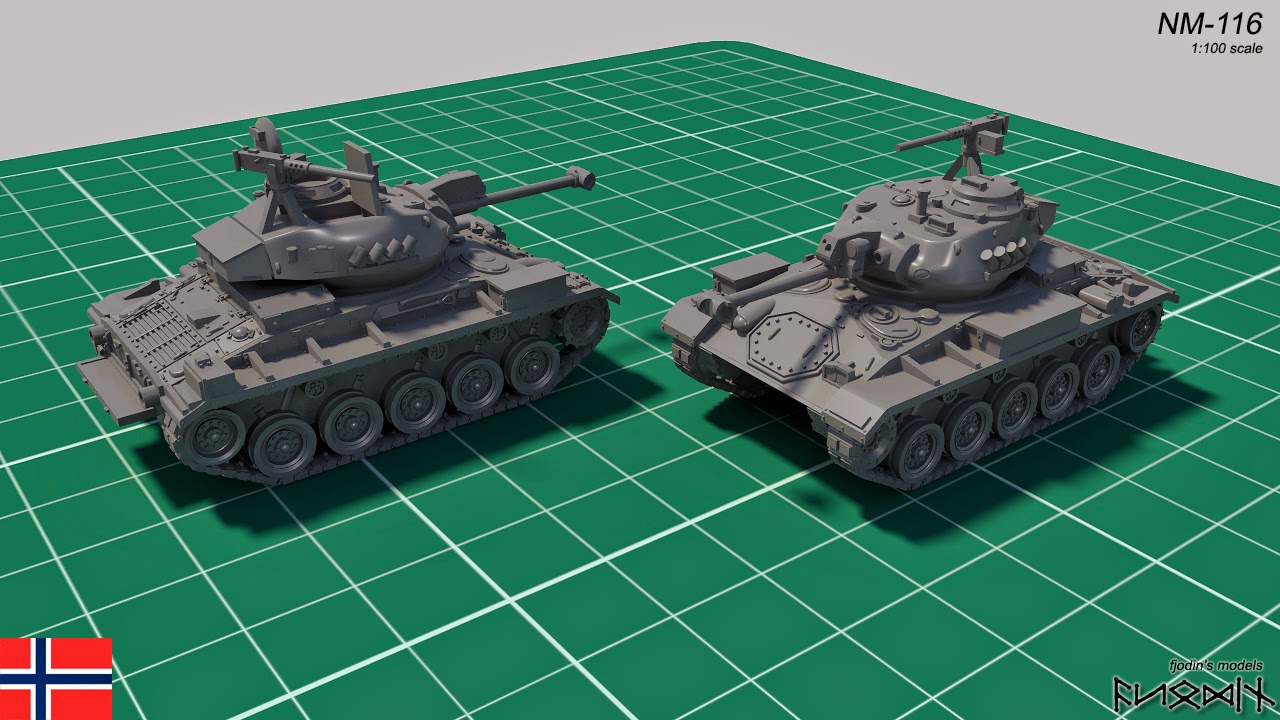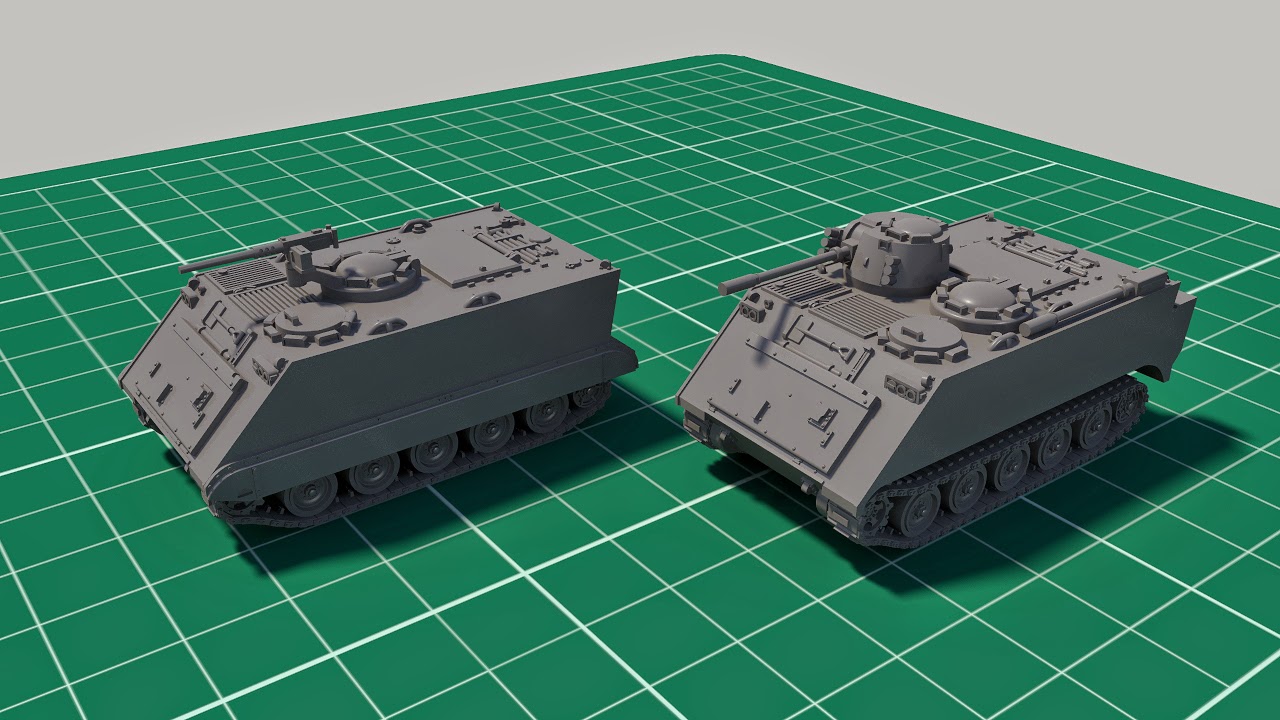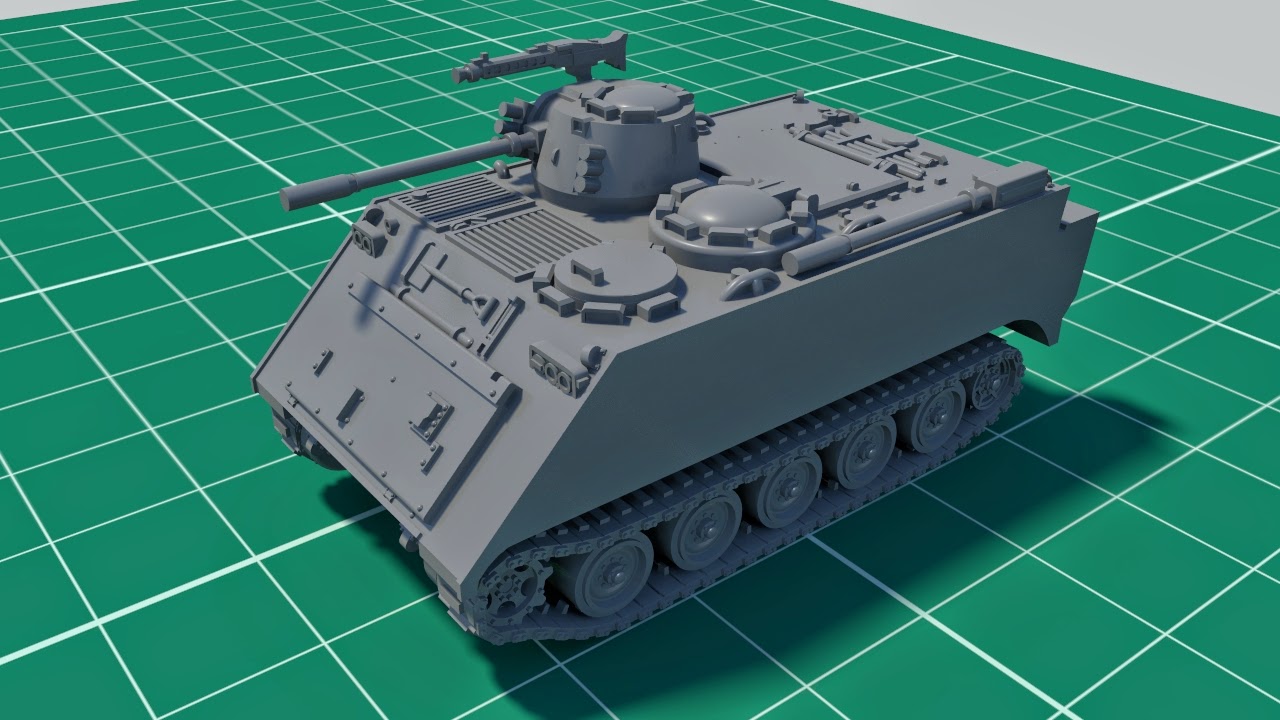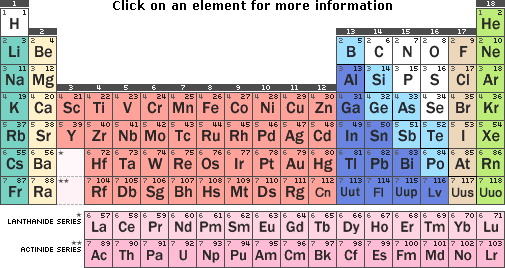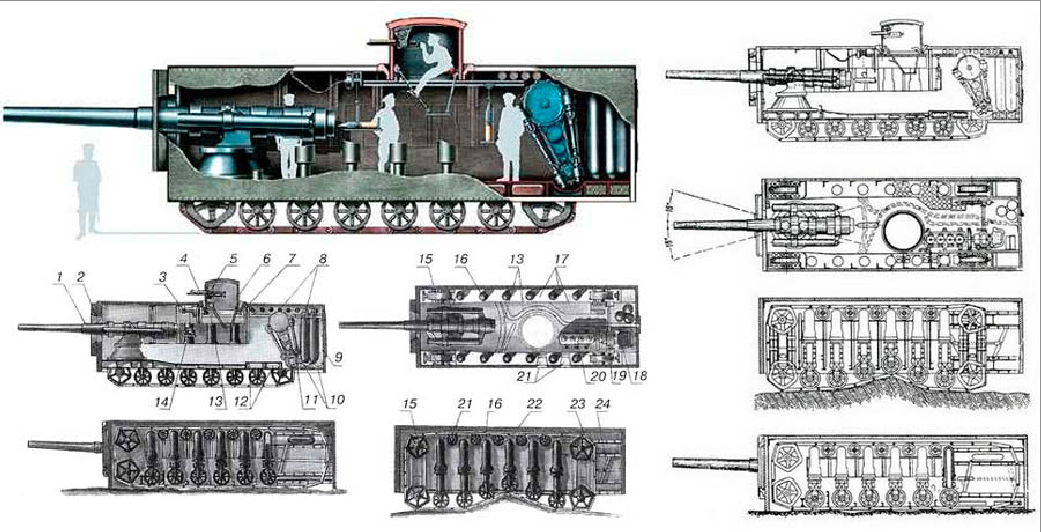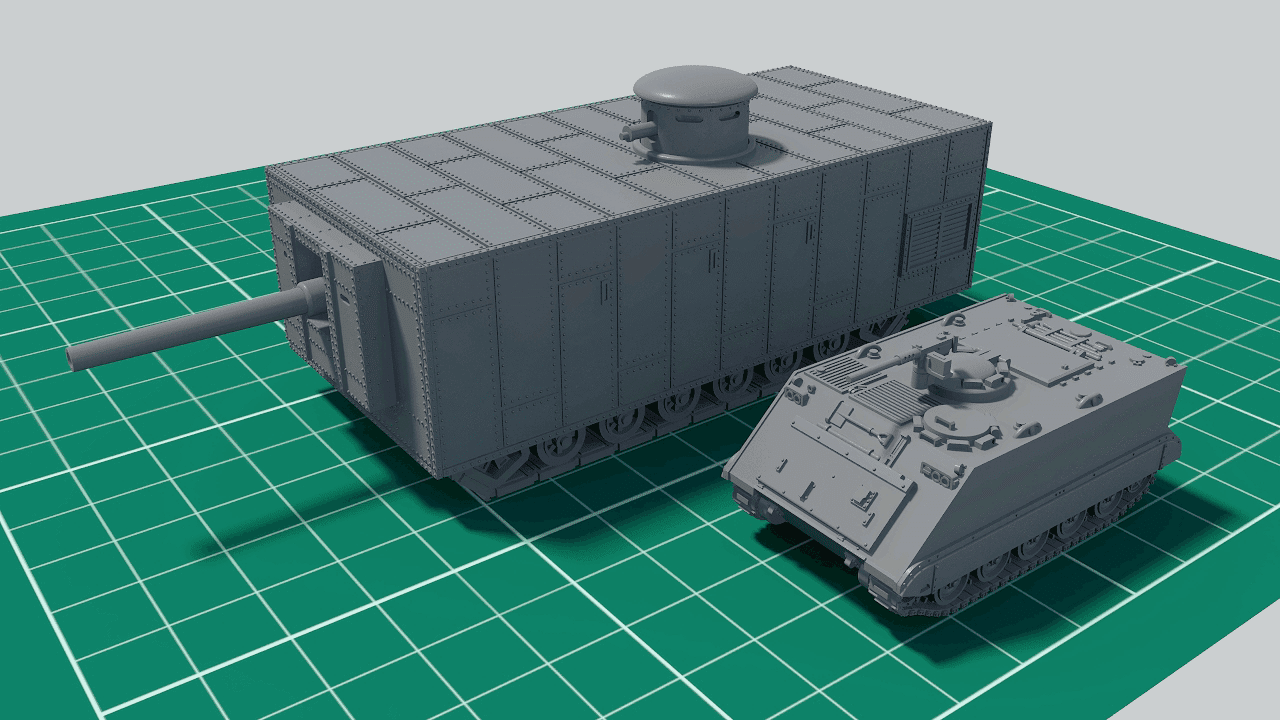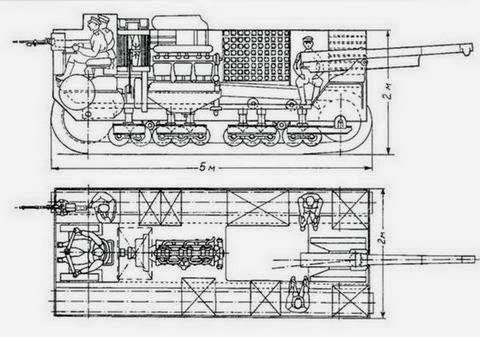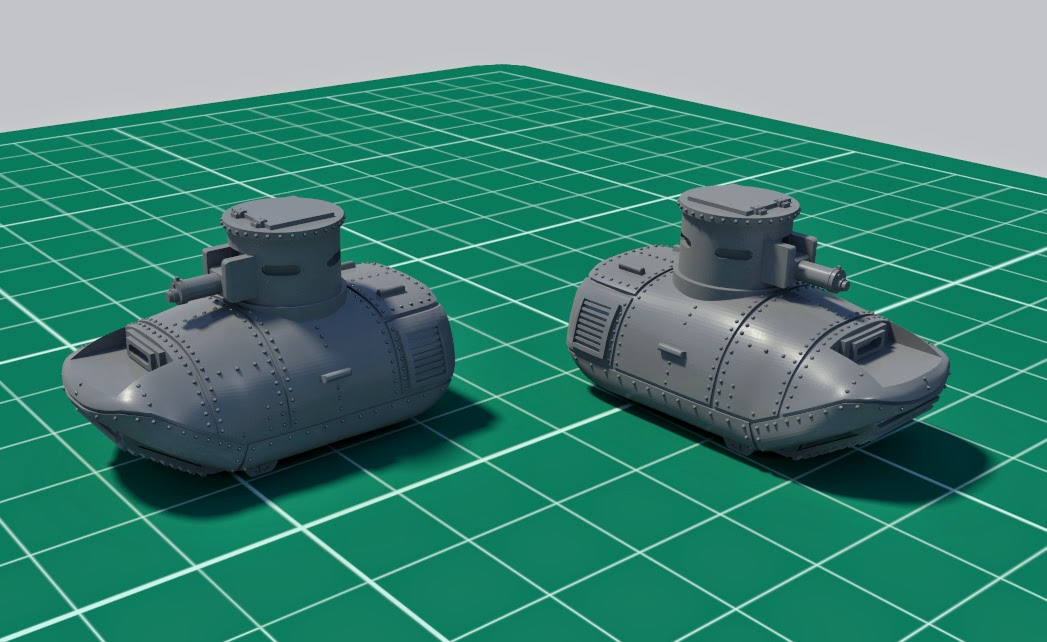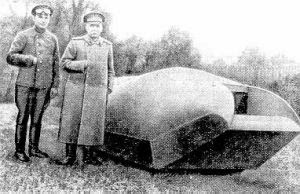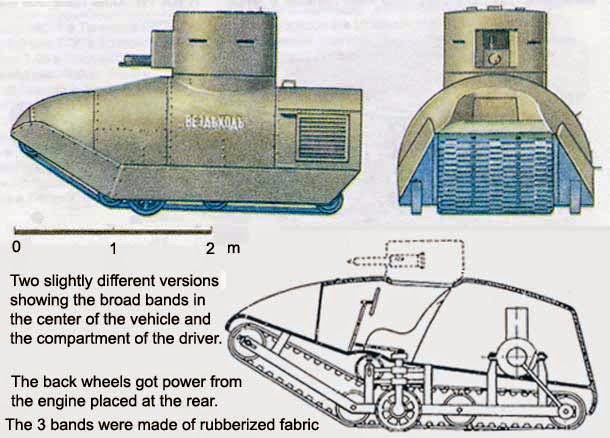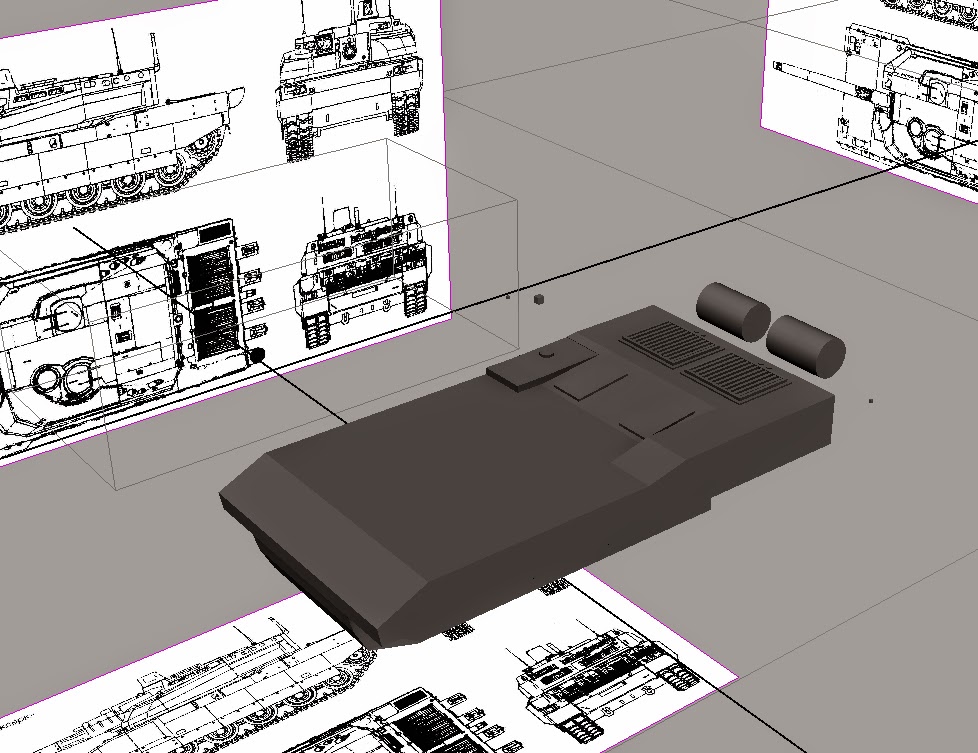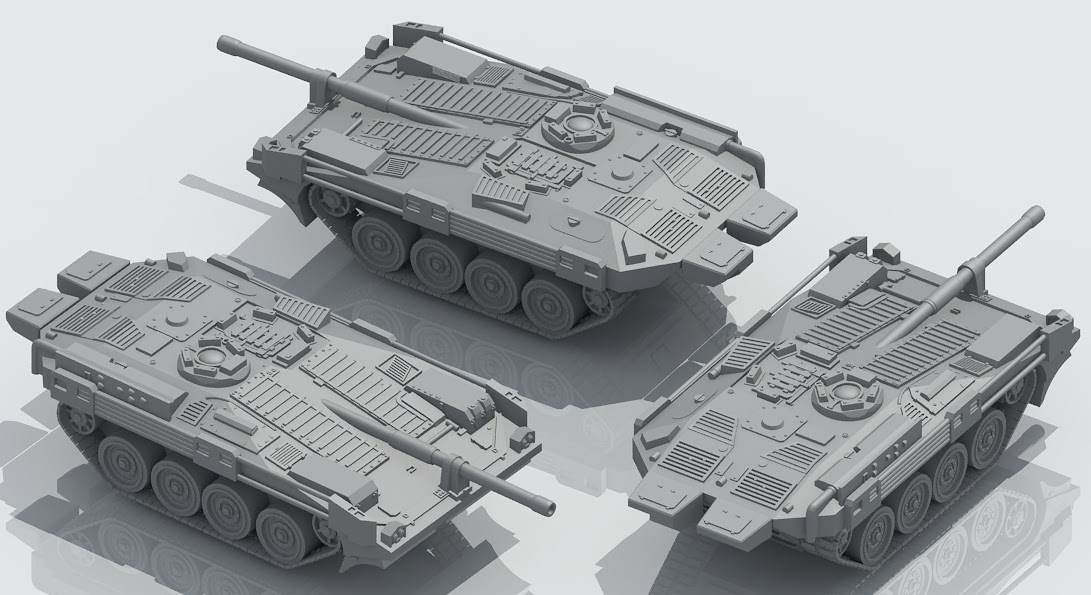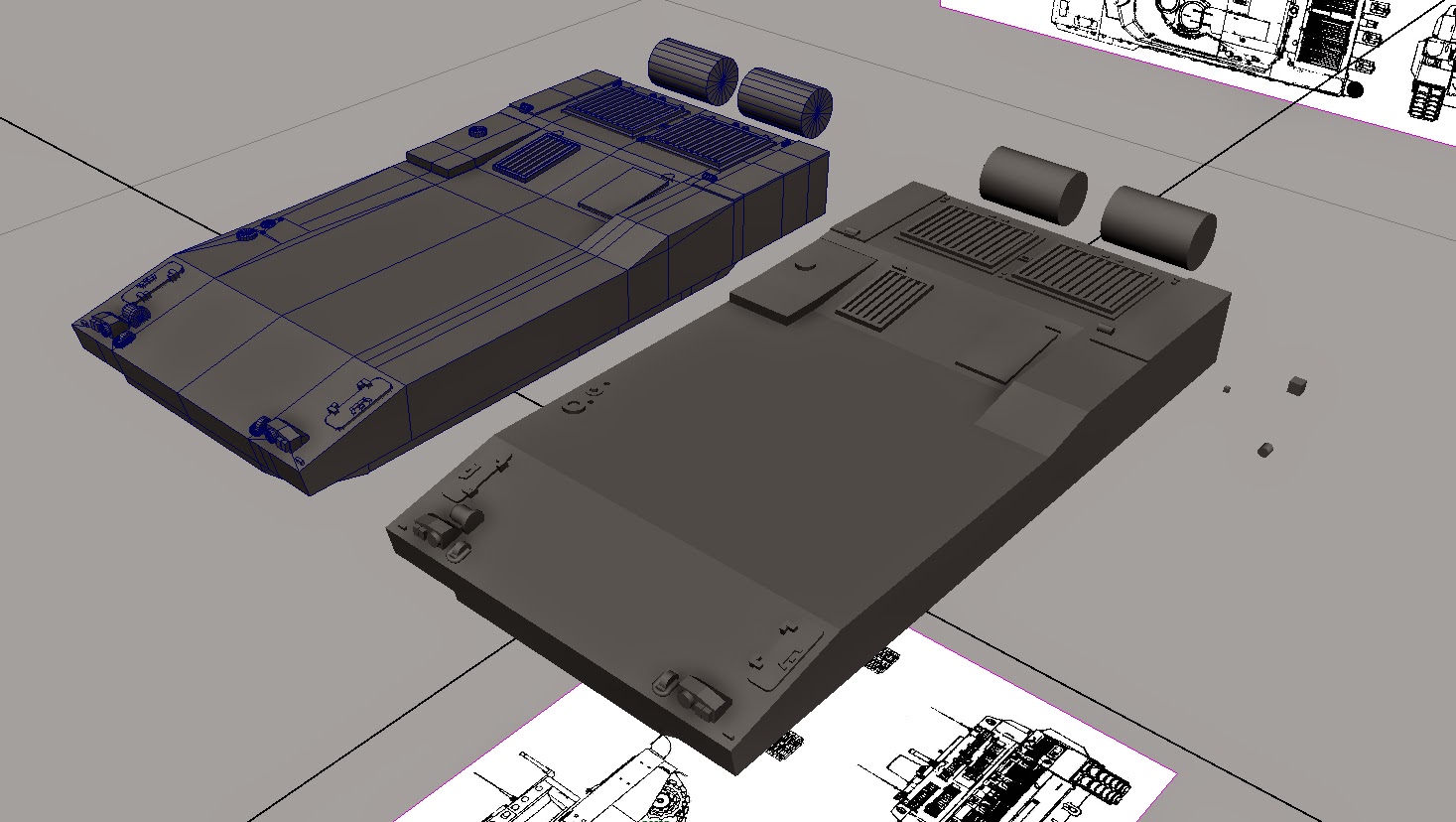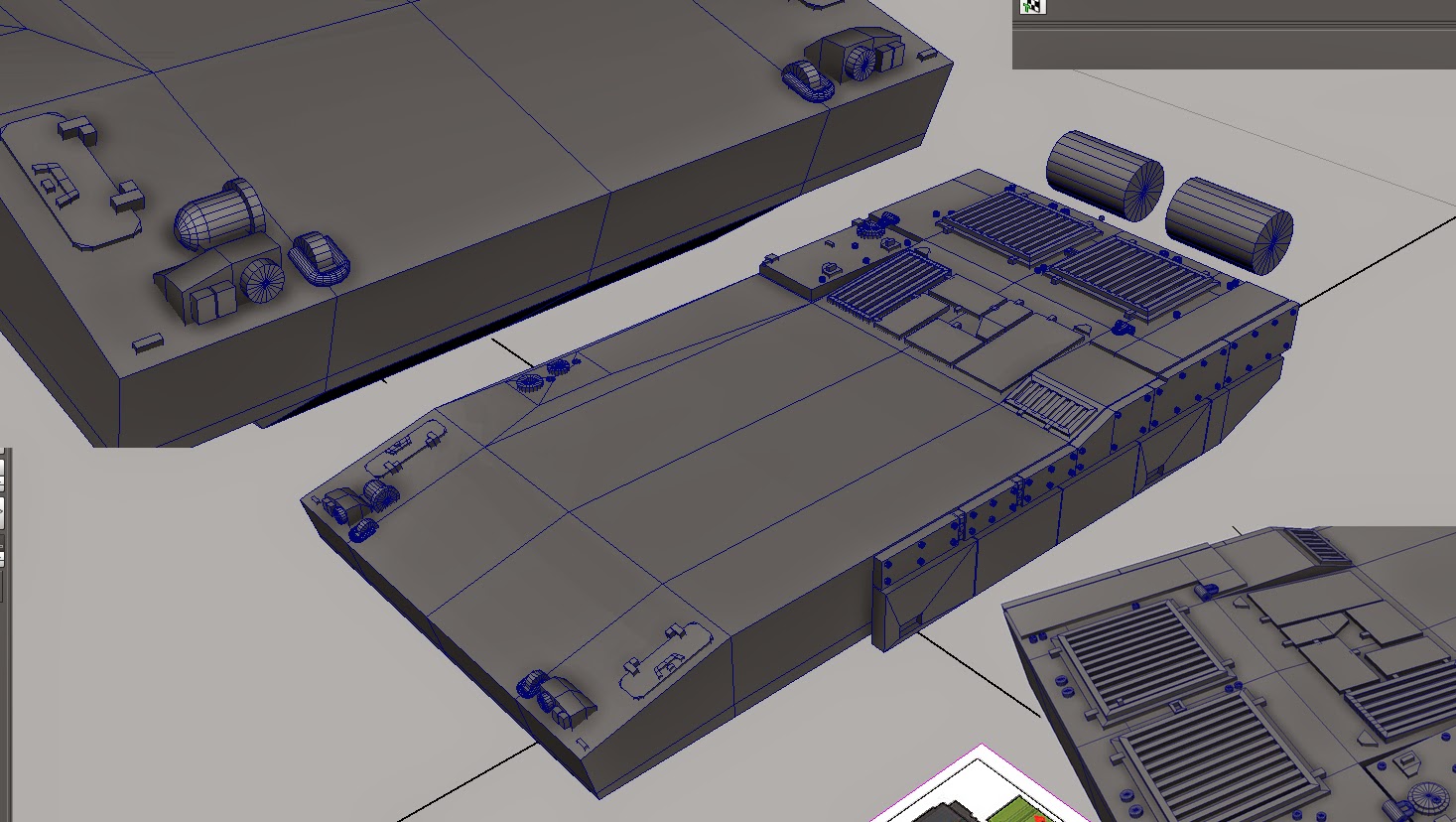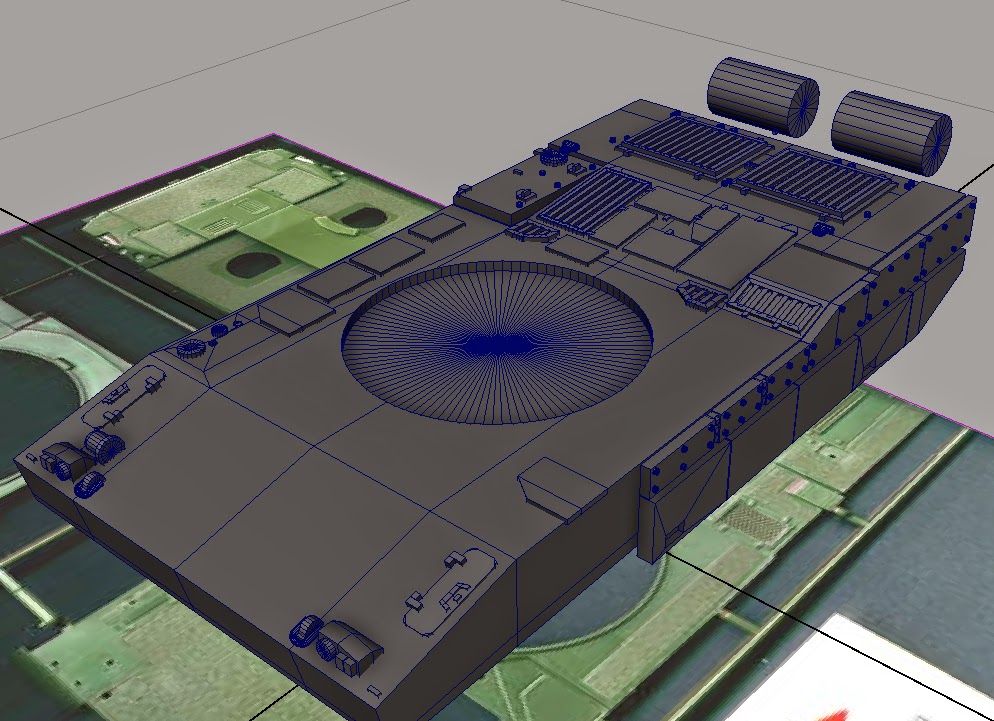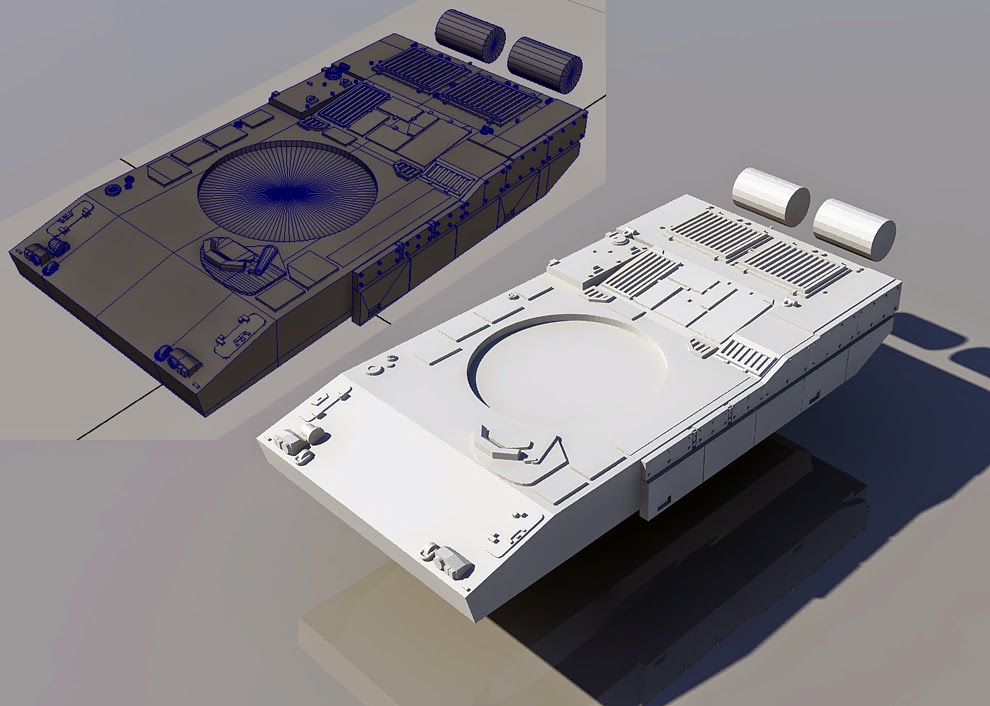↧
1:100 GAZ-3937 Vodnik finished!!!!!!!!!!!!!!!!
↧
1:100 scale NM-116
In 1972, the Norwegian Army decided to retain 54 of their 123 M24 light tanks as reconnaissance vehicles after they were substantially rebuilt under the designation NM-116. It was calculated that the NM-116 rebuilding program cost only about a third as much as contemporary light tanks.
This program was managed by the firm Thune-Eureka. The American firm NAPCO developed an improved power-pack based around the 6V53T diesel engine used in the M113 armoured personnel carrier mated to an Allison MT-653 transmission. The original 75 mm Gun M6 L/39 was replaced with a French D-925 90 mm low pressure gun, with a co-axial 0.50-inch (12.7 mm) M2 heavy machine gun. The bow gunner position was eliminated in favor of ammunition stowage. A new fire-control system was installed, complete with a Simrad LV3 laser rangefinder. Norwegian firms also converted eight M24 light tanks into light armoured recovery vehicles to support the NM-116. The NM-116 were retired from service in 1993.
This program was managed by the firm Thune-Eureka. The American firm NAPCO developed an improved power-pack based around the 6V53T diesel engine used in the M113 armoured personnel carrier mated to an Allison MT-653 transmission. The original 75 mm Gun M6 L/39 was replaced with a French D-925 90 mm low pressure gun, with a co-axial 0.50-inch (12.7 mm) M2 heavy machine gun. The bow gunner position was eliminated in favor of ammunition stowage. A new fire-control system was installed, complete with a Simrad LV3 laser rangefinder. Norwegian firms also converted eight M24 light tanks into light armoured recovery vehicles to support the NM-116. The NM-116 were retired from service in 1993.
↧
↧
1;100 scale M113 and NM-135
↧
MG03
↧
NM-135
The NM135 is a Norwegian variant of the American M-113 armoured personnel carrier (APC), which was used until the introduction of Hägglund's CV9030N in the late 1990s.
The NM-135 mounts a turret containing one 20 x 139 mm Rheinmetall mk20 autocannon, with a rate of fire of 900 rounds/minute. The vehicle also had a coaxial MG3 machinegun, a 71 mm LYRAN mortar for light grenades and 6 launch tubes for smoke grenades. It was first intended to be used as a lightly armoured, self-propelled anti-aircraft weapon system.
Nothe that diameter of a machine gun and autocannon will be only 1mm after printing.
↧
↧
Mystery tank
↧
85% done Mendeleev Tank
Nearly finished one of the weirdest WW1 era prototype vehicle - Mendeleev Tank.
The Mendeleev Rybinsk Tank was designed in Rybinsk in the mid 1910s. Designed by Vasiliy Mendeleev who was born in 1886. The armored fighting vehicle or AFV was revolutionary for its time. It featured 120 mm large gun and weighed over 170 tons. Its super heavy weight was due to its thick steel plate armour. The Tank also featured gas compressed piston suspension revolutionary for its time. The tank was never built.
The Mendeleev Tank AFV project was introduced by Russian engineer Vasiliy Mendeleyev (1886-1922). He was the son of the famous scientist Dmitriy Mendeleev who invented Periodic Table.
Vasiliy Mendeleyev had graduated from the Kronshtadt Marine Engineering School, and worked as the engineer at a ship-building factory. Over the course of several years (1911-1915) and without any assistance, Mendeleev worked on his own time on the AFV project. Inside the armored hull, beside the engine, gear box, gun and the internal equipment, the running gear was placed. It was to be powered by a powerful petrol engine. The petrol tanks were to be placed in the back of the tank. The Mendeleev Tank featured four forward gears and reverse.
The tank had a special gas suspension, which not only eased the travel of the vehicle when on the move, but that also allowed for the tank to move with the hull half-lowered hull, and even completely lower the hull when stopped, if necessary. The idea of the inventor, was that the full or partial lowering of the hull would protect the most vulnerable part of the machine, the running gear, from enemy fire. The machine-gun turret, that could be rotate 360 degrees, could also be lowered into the hull with the aid of a pneumatic device.
A pneumatic device was also used for the adjustment and tension of the tracks. The Mendeleev AFV was supposed to have a special device that allowed it to be moved upon the rails, and even move by its own, or with the help of a locomotive. Movement over long distances was to be done by rail. All these pneumatic devices were provided with necessary quantity of compressed air with the aid of a special compressor, driven by the engine of the tank.
Crew: 8
Weight: 173.2 ton
Engine: Petrol Gasoline Engine
Performances: 250 hp
Maximum speed: 24 km/h
Suspension: Piston Driven
Armor: 150mm front, 100mm rest
Main Armament: 120 mm Canet Gun
On the picture above you can see almost finished tank and M113 for scale comparison. I need to finish front part of a hull, tracks and add some minor details to the vehicle.
↧
1:100 Mendeleev Tank
↧
Better renders of Gaz Vodnik
↧
↧
Armies Army Hovercraft revamped
↧
LKII and Ford 3-Ton M1918
Here are two other obscure WW1 vehicles that I made year ago.
NOTE that these models are 85 % finished and still need final touches and additional details on tracks and hull.
I am going to finish them after Norwegian NM-142 and Mystery Nato Tank that almost done.
LK-II is a German WW1 tank. Only two prototypes were produced by June 1918, and were followed by orders for 580 tanks, which were never completed. Tank that was later used by Sweden up to 1938.
The Ford 3-Ton M1918 was one of the first light tank designs by the U.S. It was a small two-man, one-gun tank. It was armed with a M1919 Browning machine gun and could reach a maximum speed of 8mph. The 3-Ton had a 17 gallon tank that gave it a maximum range of 34 miles. A contract for 15,000 of these vehicles was awarded; however, the U.S tank corps felt it did not meet the requirements they wanted. The contract for the 15,000 tanks was ended by the Armistice, leaving only the fifteen original vehicles produced.
↧
1:100 Mendeleev revamped
Two days ago I decided to add some details to Mendeleev Tank. Note that exaggerated ladder piece will be 1 mm thick after printing.
Here are updated tank specs:
Crew: 8
Maximum speed: 10-15 km/h on plans but 3-5 km/h according to modern research
Armor: 150mm front, 100mm sides and rear, 76mm roof
Armament: 120mm 1892 Canet naval gun
Maxim Machine Gun
↧
From Fjodin's archives - 1:100 Rybinsk Tank
Rybinsk tank It's the project of a medium tank developed in the Russian Empire in 1915-1917. One of the most mysterious armored projects created in Russia during the First World War - the information about it is very limited and sketchy. According to the most common version, the tank was created using a Holt tractor. There is also reason to believe that the the basis of a Rybinsk tank design was a not adopted project of french Colonel Etienne in 1915.
The initial draft of a tank was proposed to the military department at the end of 1916, but the events of 1917 put an end to further work in this direction.
The tank have unusual layout. It have driver and machine gunner at front of a vehicle but 75mm naval gun at REAR of a vehicle. Tank was intended to be used as infantry support vehicle. Tanks should move at front of advancing infantry lines and use their machine guns to fight the enemy infantry. If they encounter enemy fortifications, tanks should steer and use their rear guns.
Rybinsk Tank specifications:
Size: 5 meters long, 2 meter tall and wide
Crew: 4
Armor: 12mm front, 10mm rest
Maximum speed: 10-15 km/h on plans but 8 km/h are more realistic because tank have Holt tracks and same weight like French Schneider CA1 tank
Armament: 75mm 1892 canet naval gun
Maxim Machine Gun
Rybinsk tank with and without skirt.
Size comparison between Mendeleev tank, Rybinsk tank and M113.
↧
↧
From Fjodin's archives - 1:100 Vezdekhod Tank
Want to present an unfinished model of tiny Vezdekhod tank from my archives. I will finish it right after Mystery Tank.
The Vezdekhod (Russian: Вездеход) was the first true tank to be developed by Imperial Russia during World War 1. The word Vezdekhod means: "He who goes anywhere" or "all-terrain vehicle". It did not however progress further than a pre-production model, due to problems in the design.
photo of Vezdekhod hull without turret on a trials.
In August 1914, a 23-year old aircraft designer Aleksandr Porokhovschikov offered to build a vehicle with cross-country capability. The working drawings and estimate were finished by January 1915, and on January 13 approval was given to proceed with construction, the project being supervised by Colonel Poklevskij-Kozello.
The Vezdekhod had a welded frame which ran on a wide single track made from rubberized fabric stretched over four drums, with a fifth drum tensioning the track from above. Two small wheels were placed on the sides of the track, and could be lowered to steer it, being controlled by a steering wheel. The machine was propelled by a 10 hp petrol engine driving through the rear drum. Porokhovščikov intended that the Vezdekhod should run on the back drum and its wheels while on firm ground, while on soft ground it would lie down on its track. Preliminary automotive testing began on 18 March.
Technical drawing of a Vezdekhod tank.
Construction of the prototype began in February 1915 with the first tests on a paved road being carried out in May, with further tests proceeding until the end of the year. In cross-country trials the Vezdekhod was reported to be capable of a speed of 40 Verst per hour (26.5 mph) with simulated armor weight but proved impossible to steer using the wheels provided for that purpose and the project was therefore rejected, the Military Technical Department forbidding further work on it after December 1915.
The actual performance of Vezdekhod is debated, but according to the test commission Report No. 4563: "It appears that Vezdekhod is a sound and practical idea; it can achieve a speed of 25 Verst/hour (16.57 mph). In addition, Vezdekhod can ascend a slope of 40 degrees inclination, cross a trench three metres wide, and a vertical obstacle of 3/4 metre. All significant holes and rough surfaces were crossed wherever tests were carried out. Vezdekhod steers easily during fast motion, and turns very satisfactorily. In all, Vezdekhod crosses terrain and obstacles impassable to conventional motor vehicles."
The project was reopened in October 1916 but no further progress was made.
Specifications:
Length3.6 m
Width2 m
Height1.5 m
Engine2-cyl petrol
10 hp
Speed26.5 mph
↧
Mystery NATO tank almost done
↧
1:100 scale Norwegian Leopard 1
The Leopard (or Leopard 1) is a main battle tank designed and produced in West Germany that first entered service in 1965. Developed in an era when HEAT warheads were thought to make conventional heavy armour of limited value, the Leopard focused on firepower in the form of the German-built version of the British L7 105-mm gun, and improved cross-country performance that was unmatched by other designs of the era.
The Leopard quickly became a standard of European forces, and eventually served as the main battle tank in over a dozen countries worldwide. Since 1990, the Leopard 1 has gradually been relegated to secondary roles in most armies. In the German Army, the Leopard 1 MBTs were phased out in 2003, while Leopard 1 derived vehicles are still widely used. The Leopard 2 MBTs have taken over the MBT role. Leopard hulls have been re-used in a wide variety of roles.
↧
1:100 BMD-1 revamped
↧
↧
15mm AMX Leclerc
↧
15mm AMX Leclerc - progress part 1
↧
Started working on 1:100 K-Wagen
↧
